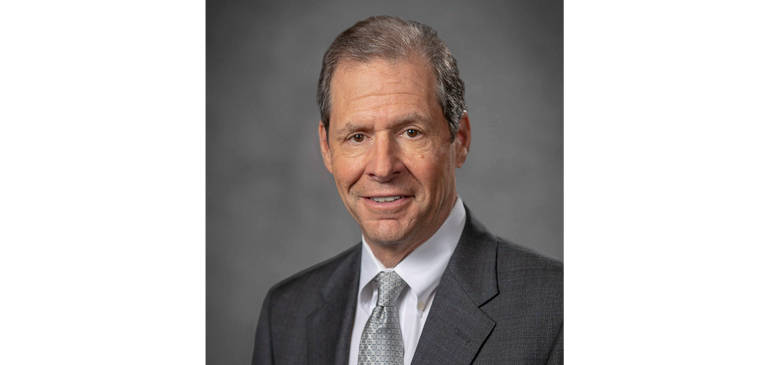Annual lung cancer screening (LCS) with low-dose computed tomography (LDCT) in high-risk patients significantly reduces lung cancer deaths.1,2 Sadly, less than 15% of Americans who met previous U.S. Preventive Services Task Force (USPSTF) LCS criteria are tested each year.3,4 Given that the American Cancer Society predicts 131,880 lung cancer deaths in 2021, more-widespread screening could save 30,000–60,000 lives in the U.S. each year.5
On March 9, JAMA published the newly released final USPSTF recommendations to lower the initial age and smoking history requirements for LCS, reaffirming the lifesaving value of these tests and presenting an opportunity for providers to reengage screening-age patients to save more lives. The USPSTF recommends annual screening for lung cancer with LDCT in adults aged 50–80 years who have a 20 packyear smoking history and currently smoke or have quit within the past 15 years. Screening should be discontinued once a person has not smoked for more than 15 years or develops a health problem that substantially limits life expectancy or the ability or willingness to have curative lung surgery.6 This recommendation replaces the 2013 USPSTF statement that recommended annual screening for lung cancer with LDCT in adults aged 55–80 years who have a 30 pack-year smoking history and currently smoke or have quit within the past 15 years.7
What do these changes mean for patients? They will essentially double the number of people eligible for LCS. In addition, screening people who are younger and who have smoked fewer cigarettes will save more lives by early detection. Screening eligibility expansion should spur more providers to start conversations with eligible patients that can ease lung cancer outcomes disparities — particularly among women, Black men, and those in rural areas. As ACR President Geraldine B. McGinty, MD, MBA, FACR, stated in her April Bulletin interview on health equity, “There is a specific opportunity in communities of color, where the impact of lung cancer is higher and where we’re not necessarily reaching patients the way we should.”
What do these changes mean for patients? They will essentially double the number of people eligible for LCS. In addition, screening people who are younger and who have smoked fewer cigarettes will save more lives by early detection.
The ACR urges CMS to quickly update its LCS National Coverage Decision to reflect the USPSTF changes. This combined USPSTF and CMS action would enable the medical community to strike a blow against the nation’s most deadly cancer by using LCS screening to its full advantage.8 Specifically, CMS must do the following:
- Revise and lower the screening eligibility age to 50 years and smoking history criteria to 20 pack-years for the Medicare population
- Revise the following key areas to safeguard against barriers in LCS uptake in the Medicare population:
- Eliminate the upper age limit of 77 years and the requirement that patients be current smokers or have quit smoking within the past 15 years in order to mirror the National Comprehensive Cancer Network guidelines
- Revise the “Counseling and Shared Decision-Making” National Coverage Determination criteria to ensure the current language and requirements do not act as barriers to screening uptake
- Formally instruct all Medicare Administrative Contractors to cover LDCT performed in all facilities, including independent diagnostic testing facilities
Aligning Medicare and private insurance coverage and making these exams more accessible to those who need them can make LDCT the most successful cancer screening test in history. A lack of coverage for those who need it has contributed to a severe underuse of LCS — which has undoubtedly cost lives. Swift coverage expansion by Medicare and private insurers would help doctors and allied professionals address racial and regional disparities and strike back against the nation’s deadliest form of cancer by using LCS to its full advantage.

